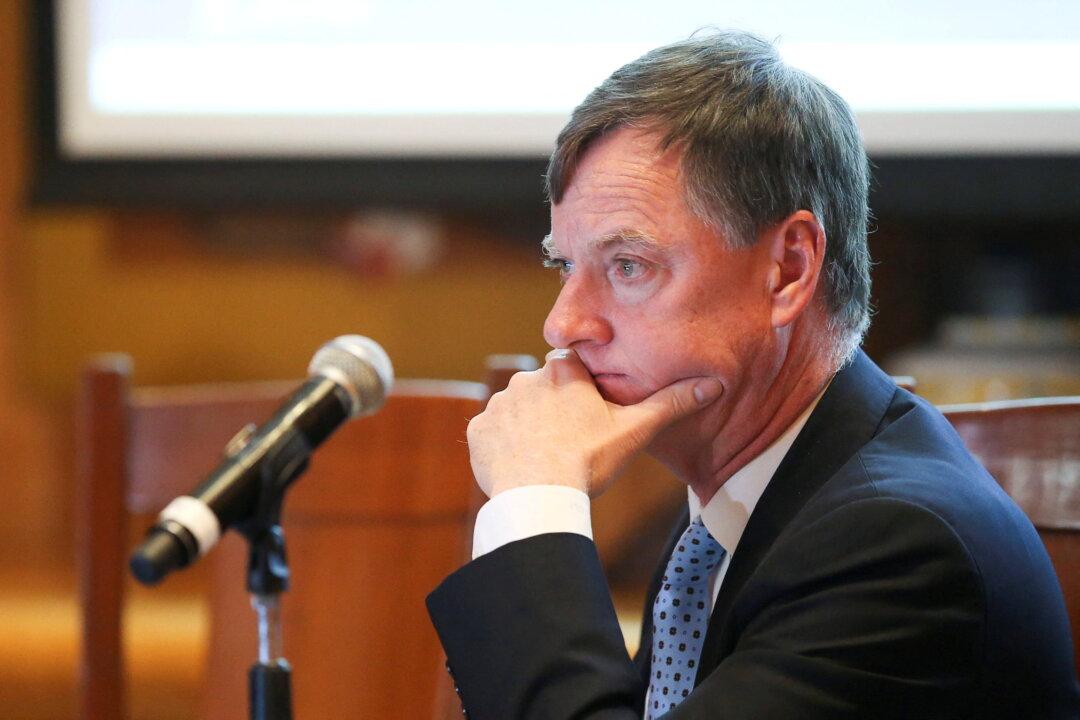Chicago Federal Reserve Bank President Charles Evans on Monday signaled he would not necessarily oppose getting interest rates up to a neutral setting of 2.25 percent to 2.5 percent by the end of the year, a pace that would require a couple of 50 basis-point rate hikes at upcoming Fed meetings.
“Fifty is obviously worthy of consideration; perhaps it’s highly likely even if you want to get to neutral by December,” Evans told the Detroit Economic Club.





